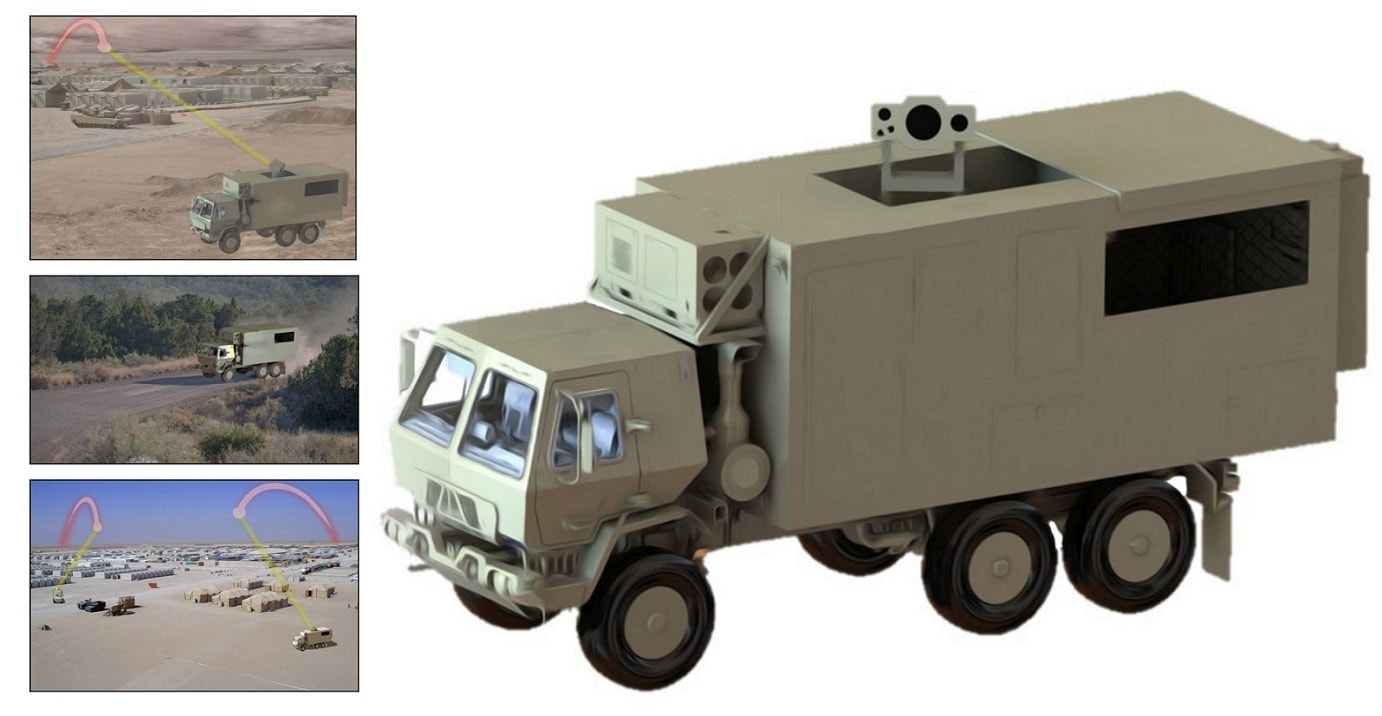U.S. Army accelerates high-powered laser weapon program
Posted on
The U.S. Army has confirmed it is trying to speed up high-powered laser weapon program to develop a new system that will acquire, track, engage, and defeat unmanned aircraft system, cruise missile and rocket, artillery, and mortar threats.
The new Army’s high-powered laser weapon system is intended to provide 360º protection and simultaneously engage threats arriving from different azimuths.
The Army will adjust the current High Energy Laser Tactical Vehicle Demonstrator (HEL-TVD), a 100 kW-class laser system integrated on a Family of Medium Tactical Vehicles platform developed by Dynetics and subcontractor Lockheed Martin. Under the new directed energy strategy, the Army is leveraging progress made in that effort in order to merge the HEL-TVD with similar technologies in development by the Navy and the Office of the Secretary of Defense.
According to the current information, the HEL-TVD will consist of a 100 kW-class solid-state laser, IR-based wide field-of-view for target acquisition and IR-based narrow field-of-view fine target tracking based on FMTV 6×6 platform.

This will allow the Army’s services to achieve a higher power system, of approximately 250-300 kW-class, that can protect sites from mortar and unmanned aircraft system as well as more stressing threats — significantly increasing the warfighting capability being transitioned on the original timeline.
The U.S. Army has been working with industry on a concept for a mobile, ground-based system high-energy laser combat platform.
The Army’s goal is to deliver four such prototype lasers integrated on tactical vehicles, for a capability known as High Energy Laser-Indirect Fire Protection Capability (HEL-IFPC), to a platoon by Fiscal Year 2024.
Subscribe to our newsletter
Promotions, new products and sales. Directly to your inbox.
